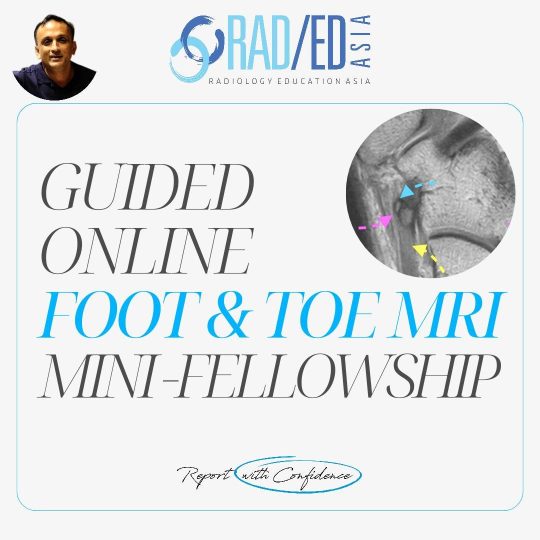

WEIGHT BEARING X-RAYS FOR LISFRANC JOINT INJURY INSTABILITY & FRACTURE (VIDEO)
WEIGHT BEARING X-RAYS FOR LISFRANC JOINT INJURY INSTABILITY & FRACTURE
- Early diagnosis of Lisfranc instability is crucial to prevent premature OA in the mid foot.
- Subtle instability patterns can be very difficult to identify on xrays.
- Plain radiographs may not effectively identify instability at the LisFranc Joint, especially on non-weight-bearing views.
- Weight-bearing x-rays are important as they reveal subtle differences between injured and uninjured sides.
- However, weight bearing may not be possible in the acute phase due to pain

Lisfranc instability on weight bearing x-rays can be assessed by examining:
- The lateral displacement of the second metatarsal in relation to the intermediate cuneiform on weight bearing radiographs C2M2 alignment. Step off more than 3mm.
- The distance between the medial cuneiform and the base of the second metatarsal on weight bearing radiographs C1M2 distance. Distance more than 2.1mm.

- Comparison views of the contralateral foot are also very useful.
- Do both non weight bearing and weight bearing.
- Subtle instability and widening can be easier to recognize when there is a direct comparison with normal.

- Weight-bearing radiographs provide greater reliability in diagnosing Lisfranc instability compared to non-weight-bearing views.
- Early diagnosis is important to prevent premature OA developing in the mid foot

If your Browser is blocking the video, Please Click HERE to view it on our YouTube channel.
Learn more about this condition & How best to report it in more detail in
our Online or Onsite Guided ANKLE MRI or FOOT & TOE MRI Mini Fellowship.
More by clicking on the images below.
For all our other current MSK MRI & Spine MRI
Online Guided Mini Fellowships.
Click on the image below for more information.
- Join our WhatsApp Group for regular educational posts. Message “JOIN GROUP” to +6594882623 (your name and number remain private and cannot be seen by others).
- Get our weekly email with all our educational posts: https://bit.ly/whathappendthisweek











